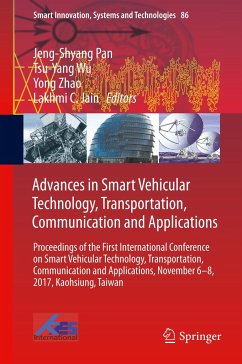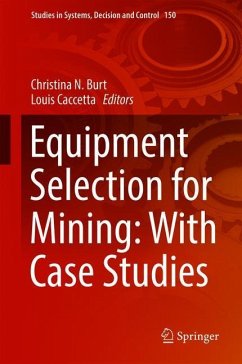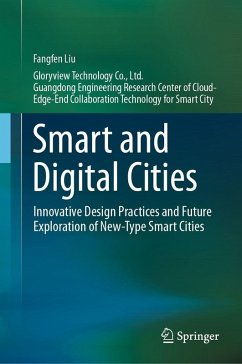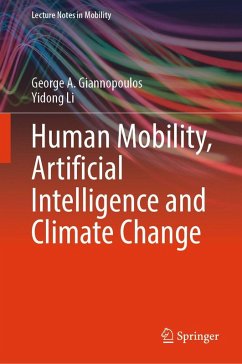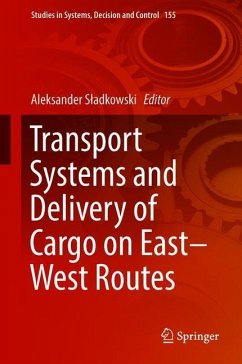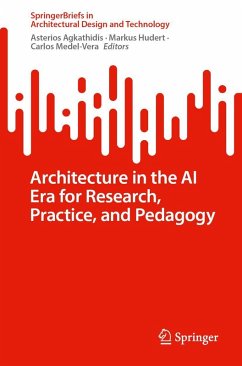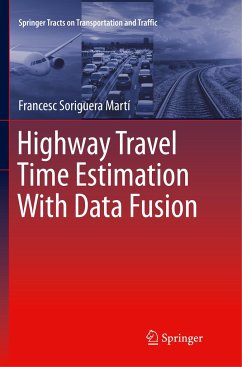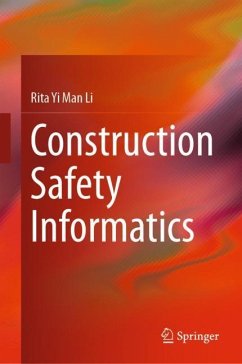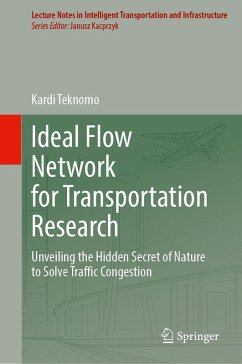
Ideal Flow Network for Transportation Research
Unveiling the Hidden Secret of Nature to Solve Traffic Congestion
Versandkostenfrei!
Versandfertig in 6-10 Tagen
129,99 €
inkl. MwSt.

PAYBACK Punkte
65 °P sammeln!
This book introduces groundbreaking concepts for understanding and managing urban traffic congestion through the lens of the Ideal Flow Network (IFN). Developed over a decade of research, grounded in graph theory, information theory, and Markov chains principles, it reveals that every network has a natural, optimal steady-state flow distribution, which is an intrinsic property of a network's structure, independent of transient demand. The central thesis presents Premagic Equilibrium, a theoretical state where congestion is uniformly distributed across all links, and mathematically proves how t...
This book introduces groundbreaking concepts for understanding and managing urban traffic congestion through the lens of the Ideal Flow Network (IFN). Developed over a decade of research, grounded in graph theory, information theory, and Markov chains principles, it reveals that every network has a natural, optimal steady-state flow distribution, which is an intrinsic property of a network's structure, independent of transient demand. The central thesis presents Premagic Equilibrium, a theoretical state where congestion is uniformly distributed across all links, and mathematically proves how this ideal resolves the classic tension between individual driver choices and system-wide efficiency. Planners will discover practical, data-light techniques to calibrate the model that sidesteps costly origin-destination matrices. Readers will explore a formal "chemistry of transport policy" where interventions are defined as auditable "atomic" and "molecular" actions. This approach provides a systematic grammar for policy design, simulation, and optimization. All of these original insights aim to provide an innovative theoretical solution to traffic congestion. With accessible mathematical explanations, step-by-step guides, and integration with practical tools such as IFN-Transport software (available as open source on GitHub and online in Revoledu.com) and an IFN Excel Add-In, this book empower readers to experiment with the theory and apply it to real-world situations. Illustrations, tables, and diagrams clarify complex ideas, making the content approachable for both professionals and students in transport engineering, urban planning, computer science, geography, and related fields. This book not only reveals hidden patterns in nature through the mathematics of IFN but also empowers readers to tackle traffic congestion creatively and ethically, offering theoretical and practical benefits to researchers, software developers, and problem solvers alike.



